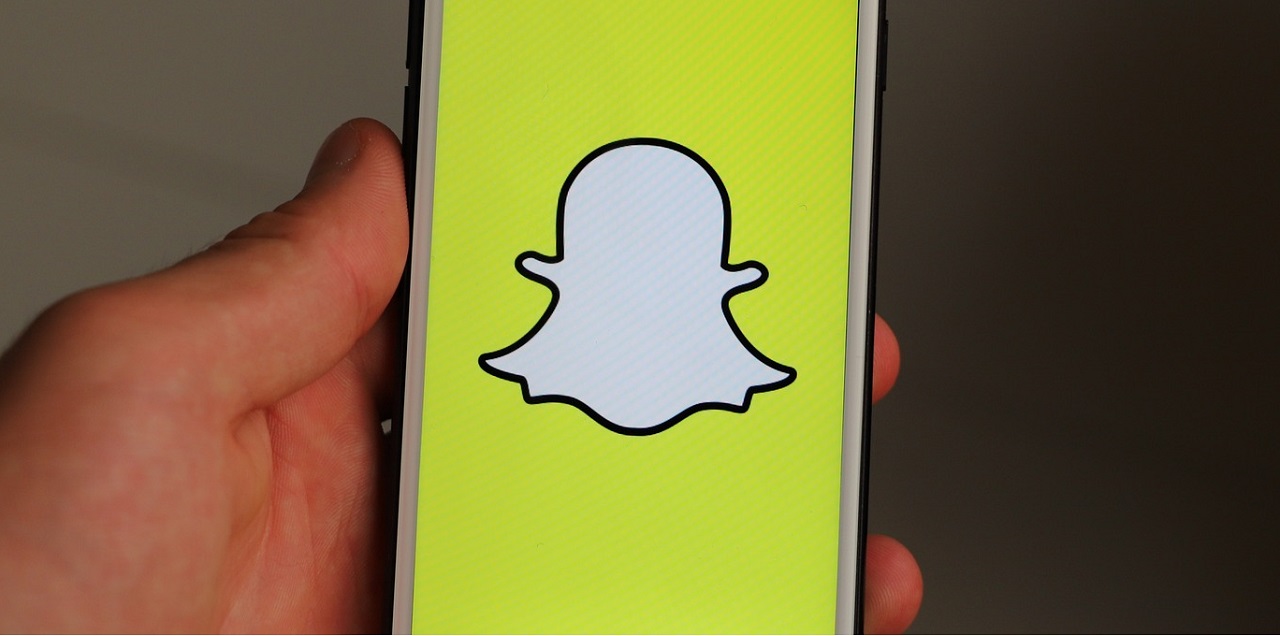Snapchat Tests New Element To Introduce Generative AI Elements To The App
In recent times, the hype surrounding generative AI has risen by exponential levels and all relevant experts are trying their best to use it to their advantage.
However, many are not yet sure if generative AI has a use case, where social media platforms and apps are concerned.
This is mainly due to the fact that social media and generative AI can only be categorized under a broad umbrella of the field of tech, but do not correlate by much.
On the other hand, social media apps and platforms play a major role in how people interact.
For this reason, the owners of social media platforms are now looking for ways to capitalize on the shift in landscape to accommodate generative AI, thereby maximizing engagement.
But so far, social apps have only managed to bring in some average concepts of generative AI, which are not very polished or useful.
Back in February, Snapchat released My AI, which allowed users to have conversations with an AI chatbot. They could ask questions or just chat, within an option in the app.
However, users reported that this was interesting only for about 10 minutes or maybe a day, and they soon lost interest.
TikTok also introduced a bunch of visual creation tools, powered solely by AI. Instagram also came up with some selective creative tools and a couple of AI-based filters.
But things are now expected to become interesting as Snapchat works on a different visual AI element, titled Dreams.
As revealed by the researcher of the app, Alessandro Paluzzi, the new Dreams project will enable users to place their likeness in different creative realms, which will be powered with the help of Generative AI.
While this is also a creation tool and based on the use of text prompts, it has different framings and is being marketed by the platform as such.
On the other hand, text-based features, based on Generative AI, are also being introduced in professional social apps as well.
For example, LinkedIn introduced AI post creation and summaries options on its platform.
However, experts believe that this is the opposite of what users may want from a social app.
In addition, Twitter and Meta are working on different generative AI elements as well, which have not yet been revealed.
Despite the fact that the new innovations in the field of social media, which are powered by generative AI, are brilliant in the context of them being able to do things that people could not even imagine around this time last year.
But keeping all the hype in mind, there are only a few practical and logical use cases for tools of this nature.
Even with AI now being advanced more than ever, it is still not savvy enough to take over people’s jobs, as feared by many.
This has been explained further by the fact that expertise and working knowledge is required to ensure that any AI-generated outputs make sense and are in fact, correct.
